Sapa market
In the early morning, streets in Sapa downtown are filled with hundreds of Hmong and Red Dao people in colorful ethnic attire heading to Sapa market. The traditional Sunday market, which is bustling until late afternoon, is not only for trading, but also for socializing and unwinding after hard working days.
.jpg)
Sapa market is located right at the heart of Sapa town, just a short walk to Sapa stone church that is built by the French in the early 20th century.
The market consists of both indoors and outdoors space. While stalls along the stone stairs outside sell flowers, fresh produce, groceries and food; little workshops on the second floor offer ethnic fabrics.
Once getting inside the market gate, tourists will see stalls full of mountain fruits like peach, apricot, pear and plum. Buying some fruits for the dinner dessert or enjoy during the trip is a good idea. Dropping by the right hand side stalls, tourists will find trinkets (ethnic silver jewelry), medical herbs and local products that are good for health like forest honey, notosingeng and ganoderma.
.jpg)
For the ones who are enchanted by colorful costume of H’Mong, Dao people in Sapa, and looking for authentic ethnic fabric, the second floor of Sapa market is a must-visit. Here, one can find a number of embroidered skirts, handbags, blankets, pillow shams and table covers with unique patterns, made by the indigenous. Ethnic women who sell brocades here can converse quite well in English.
Visiting Sapa market in the morning, travelers will see a lot of local people gather at food stalls to enjoy favorite breakfast of “mèn mén” (steamed corn wheat), “thắng cố” (horse soup) and corn wine. These are traditional food and beverage of local people in Sapa, and must-try for any tourists who come here.
As a weekly market, Sapa market only opens on Sunday. Hence, tourists should wake up early on Sunday morning to visit the market and enjoy hearty breakfast with the locals.
It only takes tourists staying in Sapa town few walking minutes to get Sapa market, which is located right in the heart of the town, nearby Sapa church.
See more
-
.jpg)
Fujian Assembly Hall in Hoi An
The photogenic Fujian (Phuc Kien) assembly hall was created as a place in which residents from Fujian in China could meet up and socialise whilst living or visiting Hoi An....
-
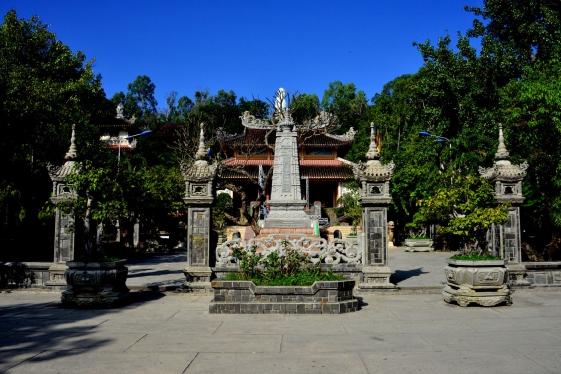
Long Son Pagoda
Long Son Pagoda, also well known as White Buddha Temple (Behind the pagoda is a huge white Buddha seated on a lotus blossom) is one of the most beautiful pagoda with an...
-
.jpg)
Bãi Dài (Long Beach)
Bãi Dài (Long Beach) in Vân Đồn District, Quang Ninh Province is one of the most beautiful beaches in the North of Vietnam. It is known for the...
-
.jpg)
Tuan Chau Island
Tuan Chau Island is a newly established tourism center of Ha Long City, which is only 8 kilometers away from downtown Ha Long. The whole area of this island is about 2.2...
-
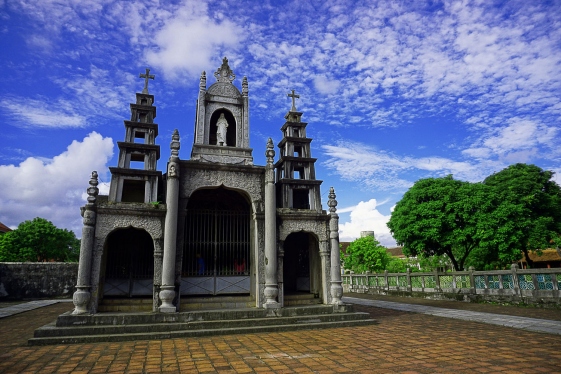
Phat Diem Cathedral
Phat Diem Cathedral is one of the most famous and beautiful churches in Vietnam with special architecture: an elegant combination of Western architectural style and...
-

Phong Dien Floating Market
Phong Dien floating market is not only a palce for selling and exchanging products but also a popular attraction in Can Tho . Phong Dien floating market has many different...
-
.jpg)
Hoi An Museum of History & Culture
Where the Thu Bon River flows directly into the East China Sea, Hoi An was once one of the major Asian trade hubs. From the 16th to 18th century merchants visited from across...
-
.jpg)
Minh Chau Beach
Minh Chau Beach is a private beach located on Quan Lan Island, Quang Ninh Province, which is only 15 kilometers away from Quan Lan Beach. For those who want a long journey, a...
-
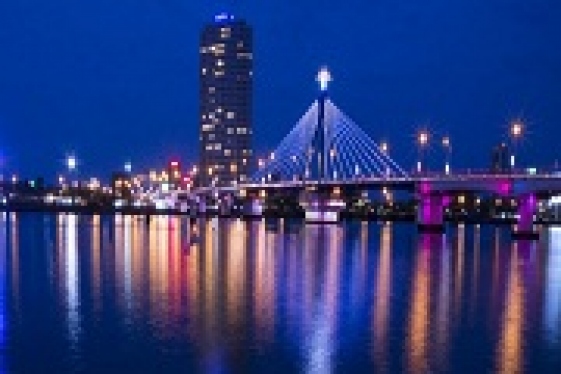
Han River Bridge
Han River Bridge is a symbol for new vitality and the developing desire of Danang and crossing the romantic Han River in Da Nang . Each year, Han River Bridge attracts ,many...
-
.jpg)
Tu Duc Tomb
Located in a narrow valley in Duong Xuan Thuong Village, 8km from Hue City, Tu Duc Tomb is considered as one of the most beautiful and picturesque and largest works of...
Destinations
Most popular tours
-
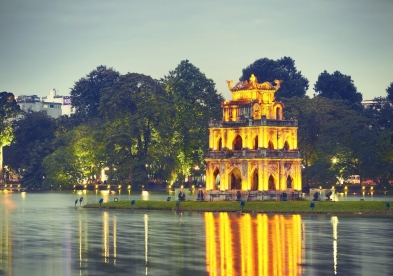
The Finest Vietnam
Price from: 2.420 US$
-
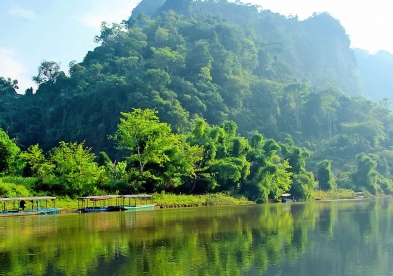
Ba Be Trekking
Price from: 350 US$
-
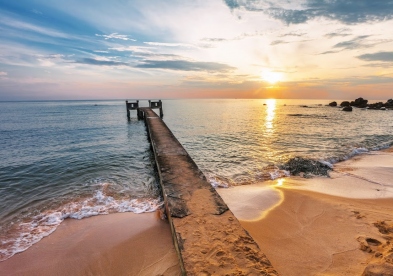
Central Coast Vietnam
Price from: 2.014 US$
-
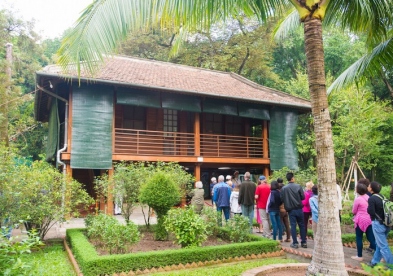
Half-Day Cu Chi Tunnels Tour
Price from: 18 US$
Business info
Vietnam Local Guide
- Address: 18th Floor, VTC Online Tower, 18 Tam Trinh Str.,Hai Ba Trung Dist., Hanoi, Vietnam
- Email: info@vietnamguider.com
- Phone: (+84) 0904989890
- Hotline: (+84) 0904989890